27 Nov Book Binding for Beginners: From Ancient Scrolls to Modern Craftsmanship
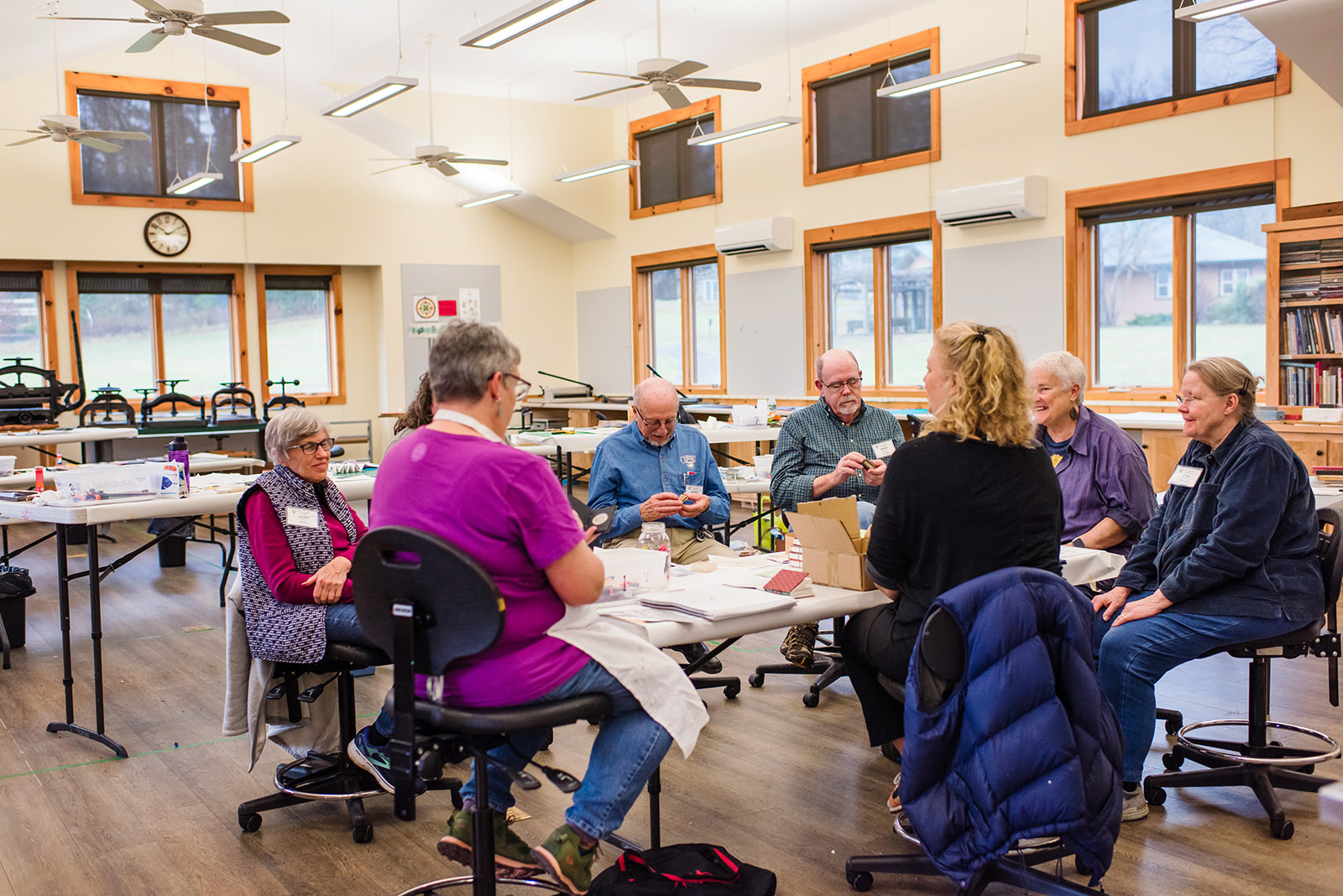
Dive deep into the mesmerizing world of book arts, a timeless craft that has chronicled human history, knowledge, and creativity. From ancient scrolls to contemporary handmade journals, book binding has been an essential part of human civilization, creating and preserving our stories, discoveries, and artistic expressions. This post will guide you through the rich history and significance of book arts, with a special emphasis on the art of book binding.
All too often, books are considered simple repositories of information — a physical necessity in order to access the content therein. Be it a fantasy novel, personal journal, or a textbook, many approach a written work with the belief that its greatest and only significance is something beyond its material existence, something abstract “behind” the words. But what is really behind the words are leather and paper: pulp and skin enshrining ideas so desperate to be shared that they have taken physical form at the hands of artists and thinkers.
“The medium is the message.” This quote, coined (in a book) by Marshall McLuhan, gets at the impossibility of separating any message from its mode of delivery, that the physical experience of communication must affect our understanding of it. The Beatles’ “Paperback Writer” suggests that, against all platitudes, books are not only judged by the content of their covers, but by their texture and composition.
The History of Book Arts and Binding
Book binding is as ancient as the written word itself. Since the earliest days of recorded history, humans have sought ways to compile and protect their writings. The evolution of book binding reflects our journey from stone tablets and papyrus scrolls to bound manuscripts and printed books.
In ancient Egypt, writings on papyrus scrolls were stored in wooden boxes or leather pouches for protection. The Romans, inspired by this, began to use wooden boards bound with leather straps, paving the way for the codex — a precursor to the modern book.The Middle Ages saw the rise of illuminated manuscripts, where every page was a work of art, adorned with gold leaf, intricate illustrations, and calligraphy. Monasteries became centers of book production, with monks dedicating their lives to copying religious texts and binding them with unmatched precision, such as the famous Book of Kells.
It was recognized that binding was not just a method of preservation, but of beautification and transmission, one that affects not only the aesthetic of a work, but its ability to communicate deeply, both bolstered by and beyond the function of the written word alone.
The Renaissance brought about innovations in binding techniques, materials, and designs. With the invention of the printing press, books became more accessible, but the art of hand-binding remained a sought-after skill, representing luxury and sophistication. Such artistry recognizes that, while one should not judge a book by its cover alone, a cover is part of the experience and must be recognized and respected as such.
The Value of Book Binding
Book binding is more than just a functional craft; it’s a bridge between art and literature. A well-bound book is a joy to hold and read, offering tactile pleasure and aesthetic delight. The choice of materials, from leather to cloth, the design of the spine, and the intricacies of the cover all contribute to the reader’s experience.
Moreover, book binding preserves our history and culture. Ancient manuscripts, preserved through centuries due to meticulous binding, offer invaluable insights into past civilizations, their beliefs, knowledge, and artistic sensibilities.
Book binding is further a way to ensure that the physical manifestation of our ideas does justice to the concepts wrangled into words within. Experiencing a book is a laborious process that demands precise focus. A reader spends hours with a book in their hands, traversing each page with roving eyes and pulling meaning from the experience. This is far from an abstract or intangible process, and it is essential that its physical nature contributes to the experience of one’s immersion in a writer’s words.
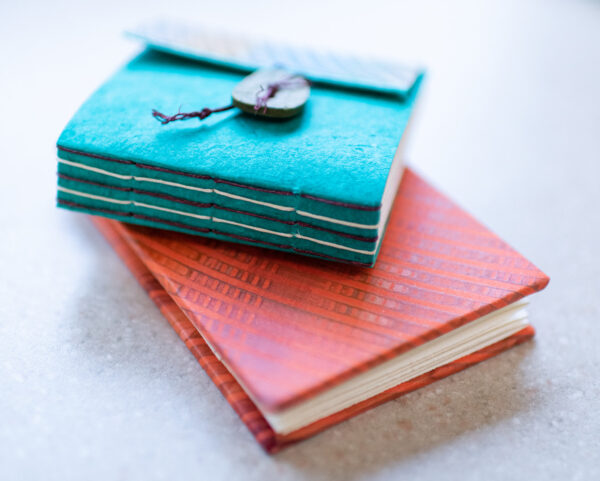
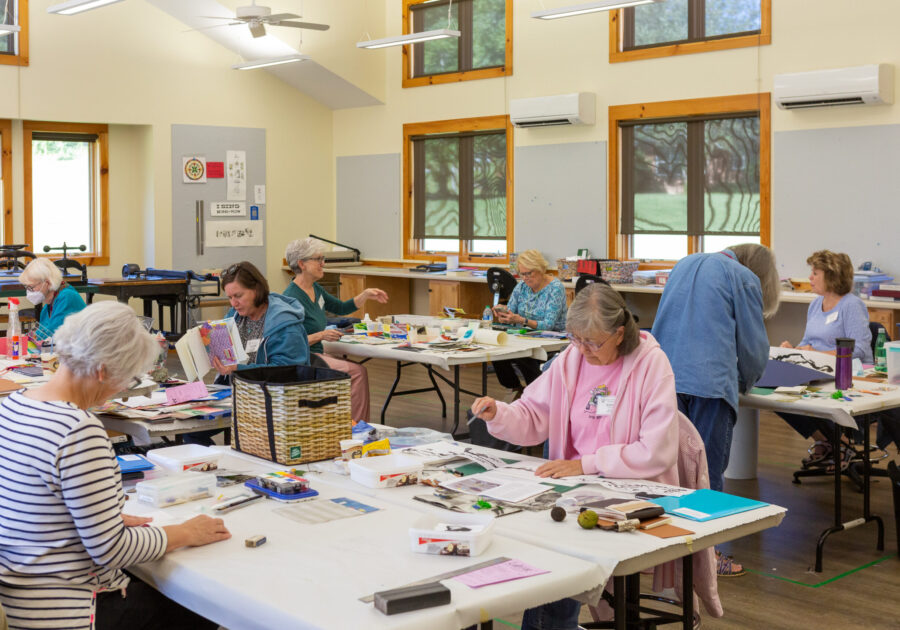
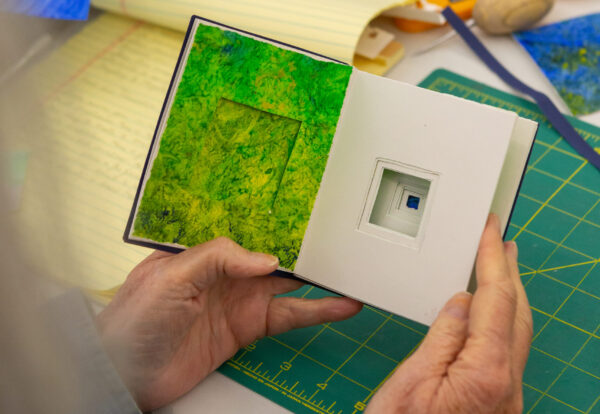
The Art of Book Binding Today
In today’s digital age, where e-books and online publications dominate, the art of book binding holds a special charm. Hand-bound journals, photo albums, and artist books are cherished for their uniqueness and personal touch. They stand as a testament to the enduring appeal of tangible, handcrafted items in a digital world. They serve as proof that the physical experience of language holds value that cannot be recreated in formless digital media, with a work’s binding at the center of its corporeal experience.
Workshops and courses can introduce enthusiasts to various binding techniques, from traditional Coptic stitching to Japanese stab binding. These classes not only teach the technical aspects but also emphasize the creative possibilities, encouraging students to experiment with materials, designs, and forms.
Book binding is a method of cohesion — literally and literarily. Physically and figuratively, it brings together the disparate threads that form a single text, setting the stage for the reader’s navigation of sprawling ideas. And as varied as the content of texts can be, so too are the options for binding, ensuring that any book artist can find a form that best fits a given work.
Book Binding Techniques
Coptic Stitch Binding, a relic from the early Christian era in Egypt, involves a chain stitch to sew sections together, and is devoid of any glue. Its beauty lies in Coptic bound books’ ability to lay completely flat, making it a favorite for journals and sketchbooks. The exposed spine stitching isn’t just functional; it’s a decorative element, echoing the artistry of ancient Egyptian craftsmen.
Japanese Stab Binding, a technique that has graced Japan for over a millennium, is another example of the lasting legacy of book arts through history. With punctured holes along the spine’s edge and decorative stitching patterns, it’s a harmonious blend of simplicity and elegance. Traditional Japanese texts, crafted from delicate paper, often bore this binding, making it a symbol of artistic refinement.
Case Binding has stood the test of time since medieval Europe. As the most common type of hardcover bookbinding, it involves attaching the book block to a sturdy one-piece cover, ensuring longevity and protection. This method is ubiquitous, beautifying and preserving everything from treasured novels to essential textbooks. It also provides an excellent base for intricate book arts such as pyrography, the use of heat and fire in decorating book covers and more.
Long and Link Stitch Binding hails from medieval Europe. With stitches that can link heavy paper sections, it’s both durable and decorative, and perfect for works such as photo albums and art books that may have thicker pages. The exposed stitching on the spine is a nod to the craftsmanship of yesteryear, making it a popular choice for those seeking both form and function.
For those who appreciate a touch of the unconventional, Accordion Binding offers a delightful deviation. With pages folded in a zig-zag manner, it’s reminiscent of folding screens from Asia and pictorial documents from Latin America. Artists, in particular, find this method alluring, as it allows for panoramic illustrations and unique design opportunities.
At thousands of years old, book binding is far from the end of its evolution. Modern innovations and considerations include green and eco printed papers and bindings. Such techniques can be combined with traditional methods such as stab books and star books, and bring a contemporary, sustainable transformation to ancient arts.
These are only a few of the options for binding books in ways that contribute and do justice to the work bound within. Explore many others with book arts courses!
Why Everyone Should Experience Book Binding
Engaging in book binding offers a meditative and rewarding experience, one that allows for a greater understanding of and connection to the ways that books gain their meaning. It’s a blend of precision, patience, and creativity. Whether you’re crafting a personal journal, a photo album, or an artist book, the process allows you to infuse your personality and artistic vision into the final product.
Moreover, book binding connects us to a rich tradition, offering a tangible link to the past. It’s a reminder of the value of craftsmanship in an increasingly automated world.
At the John C. Campbell Folk School, our book arts courses offer a deep dive into the world of book binding. This season, immerse yourself in the beauty of hand-bound books!
Whether you’re a bibliophile, an artist, or someone seeking a new creative outlet, our courses promise a fulfilling journey. So, step into the enchanting realm of book arts and discover the joy of crafting your own hand-bound treasures.
Learn More
You can find more information about the many aspects that make up the Folk School Experience using the menu below.
A Typical Week or Weekend
A quick glance of what you can expect.
Studios
Look for special things to happen in the studios at the Folk School.
Housing & Meals
There’s nothing like staying on campus to fully immerse yourself in the Folk School experience.
Vision, Mission and Values
Read the tenets that drive us and see our Strategic Plan.

Events
Activities for students, visitors, and the community to enjoy.

Explore Our Campus
Find a map of our sprawling campus, information about our nature trails, and more.
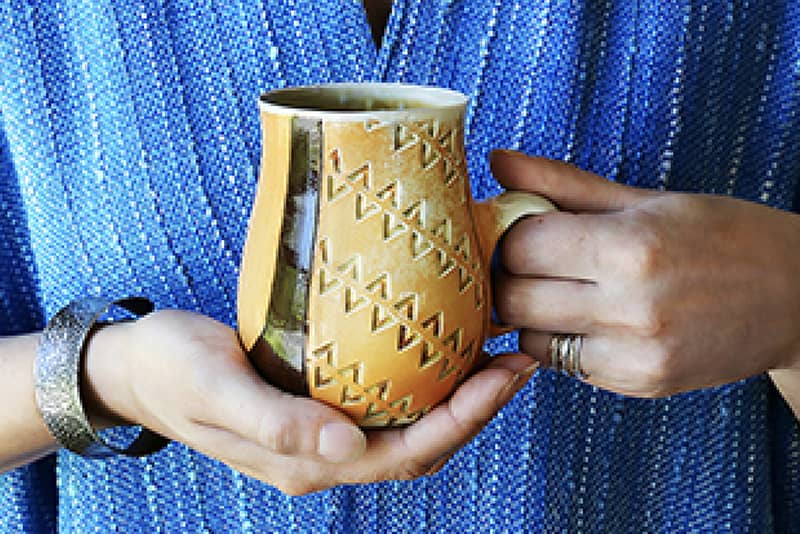
Craft Shop
Selling the highest quality handcrafted items made by regional artists.
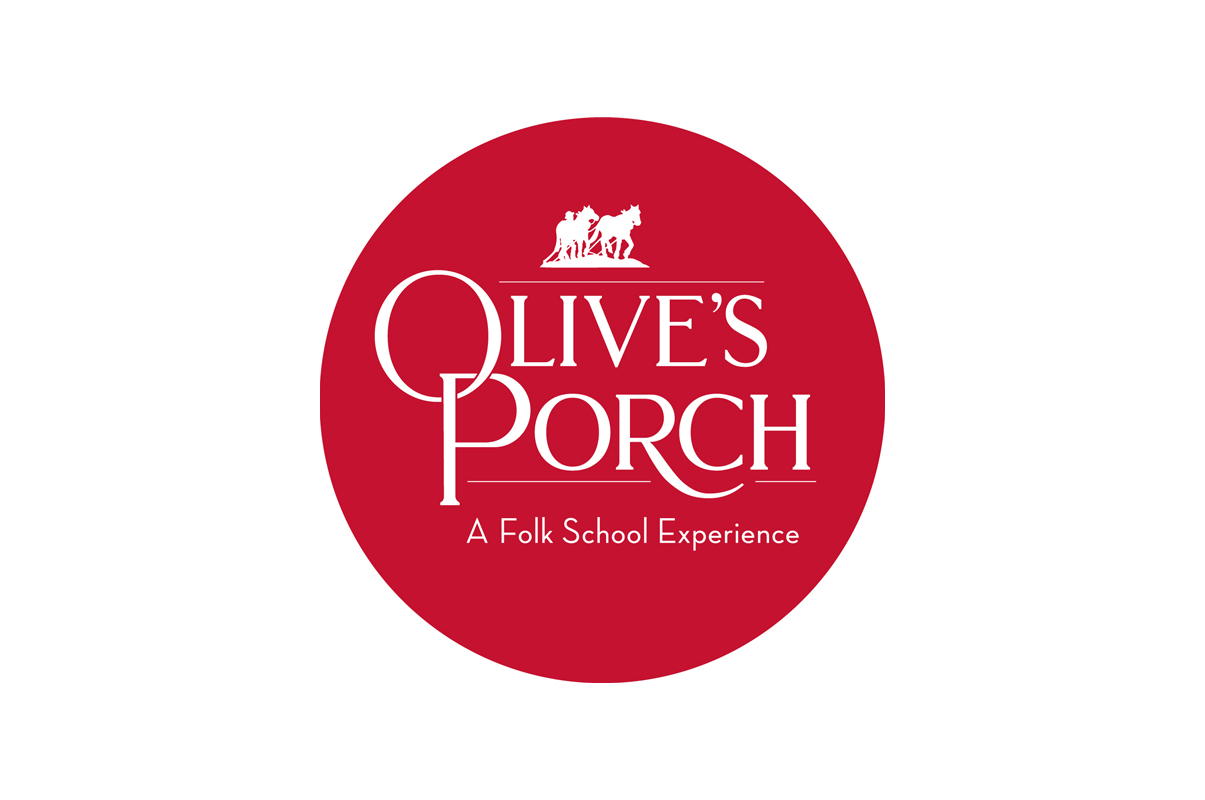
Olive’s Porch
Our new Folk School experience in downtown Murphy offering workshops and more.

History Center
Discover the rich heritage that has made the Folk School a historical landmark.
Our History
Founded nearly 100 years ago, the Folk School has a rich and unique past.

Visitor Guidelines
A few things we ask you to keep in mind during your visit.
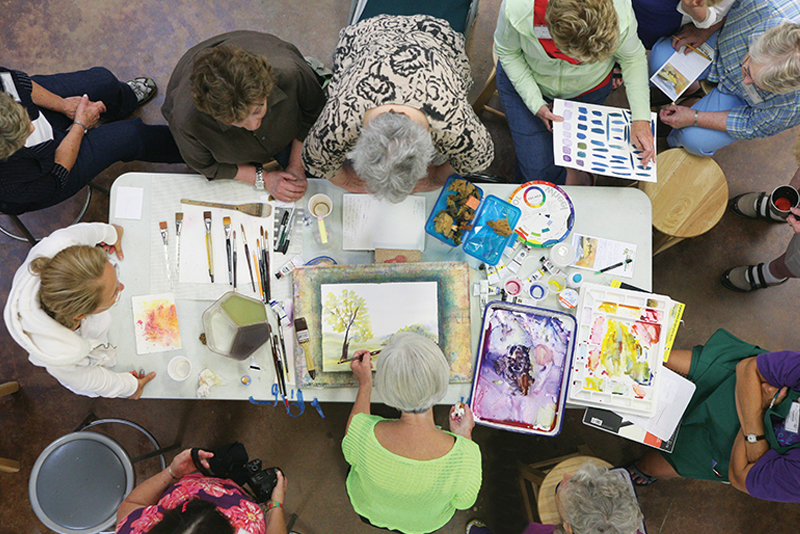
Find A Class
With 850+ offerings, choosing which class to take is the hardest decision you’ll make!



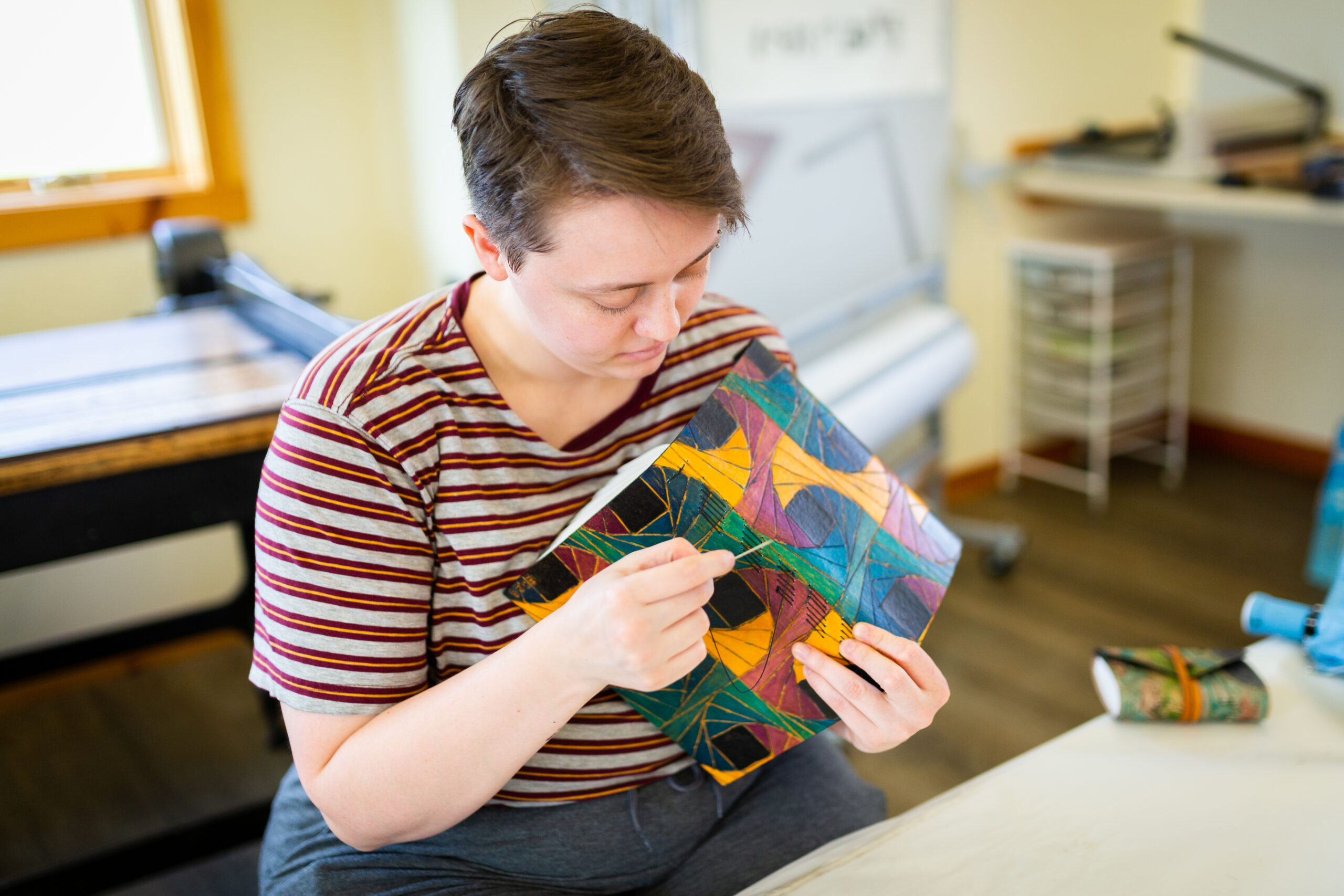
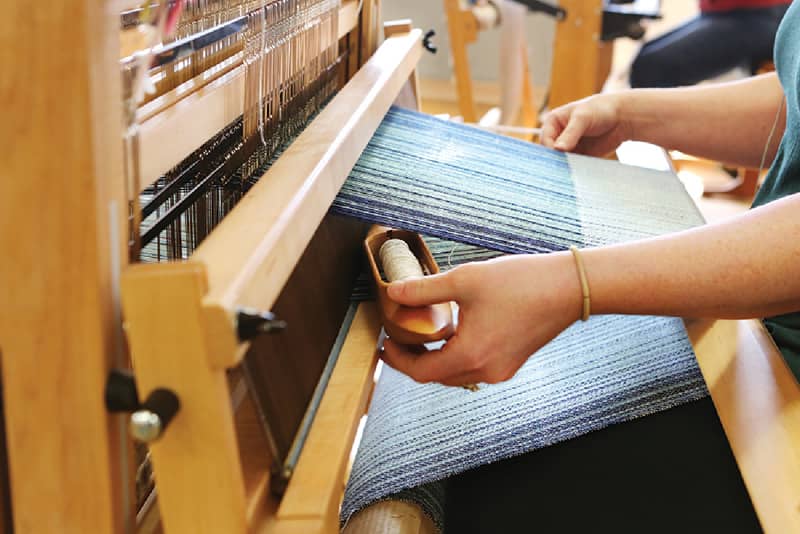


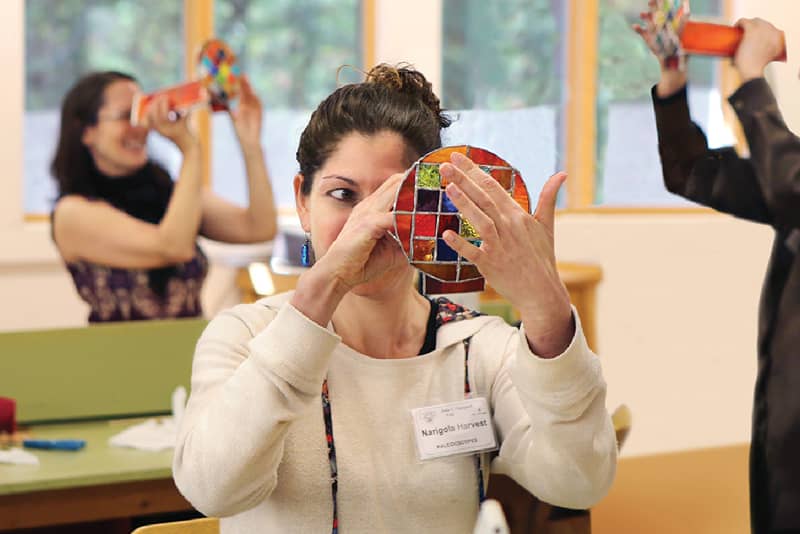
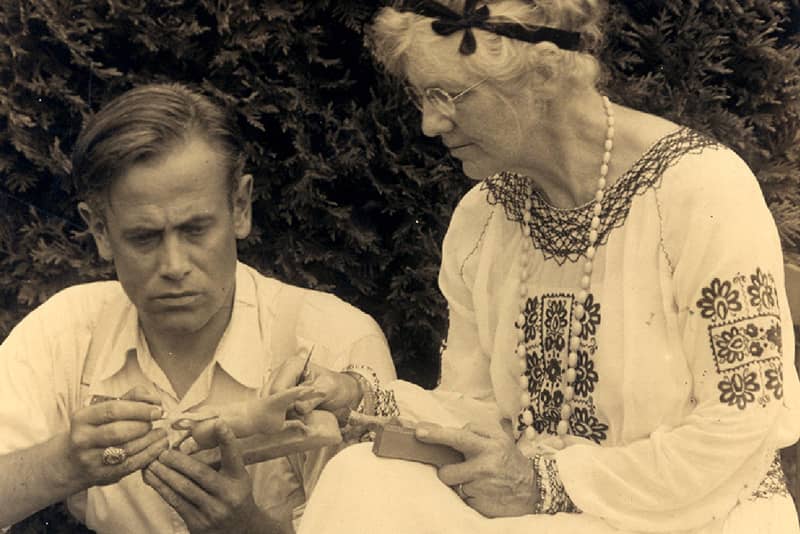
No Comments